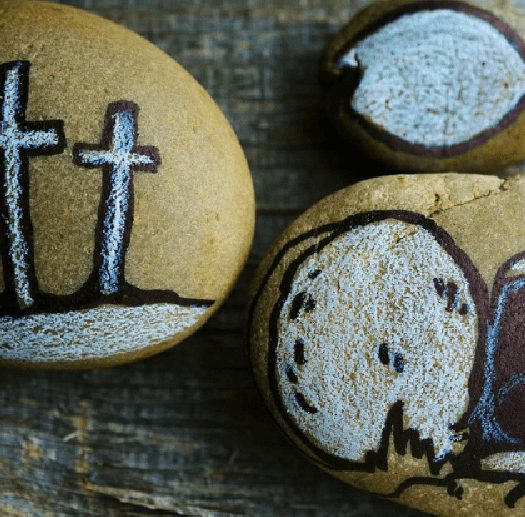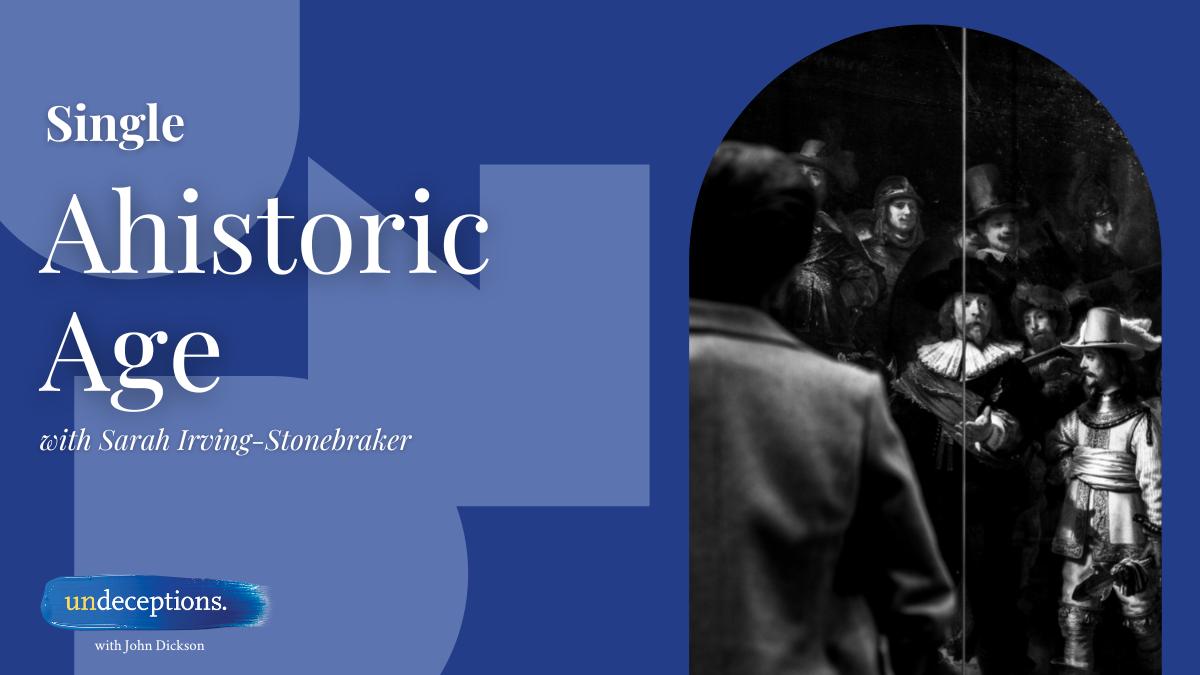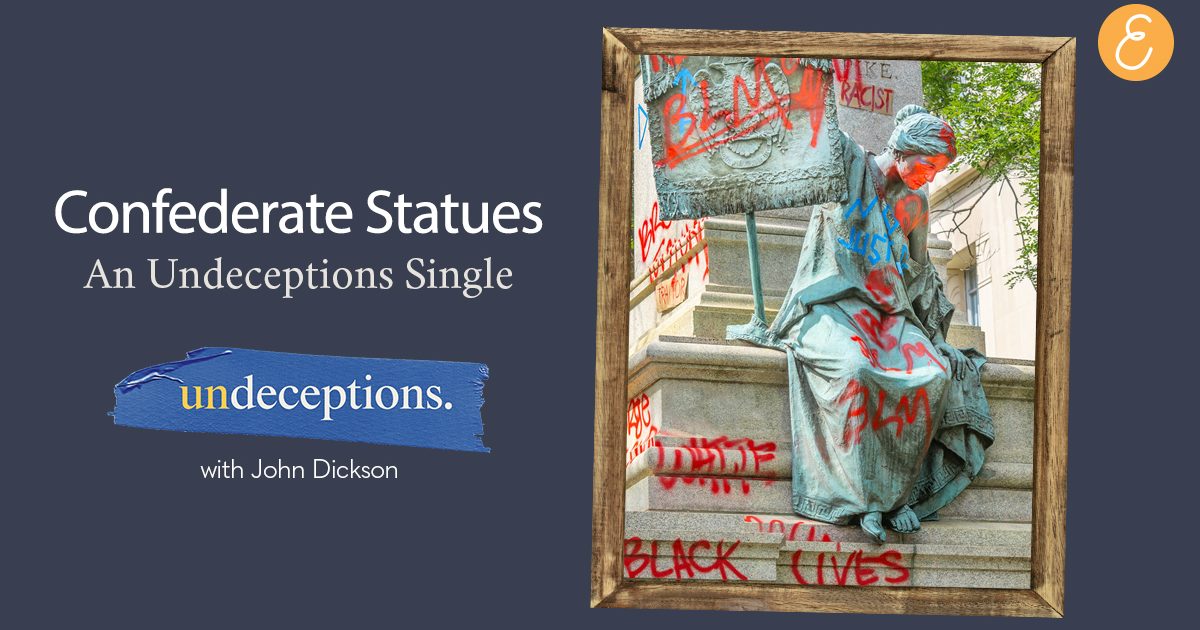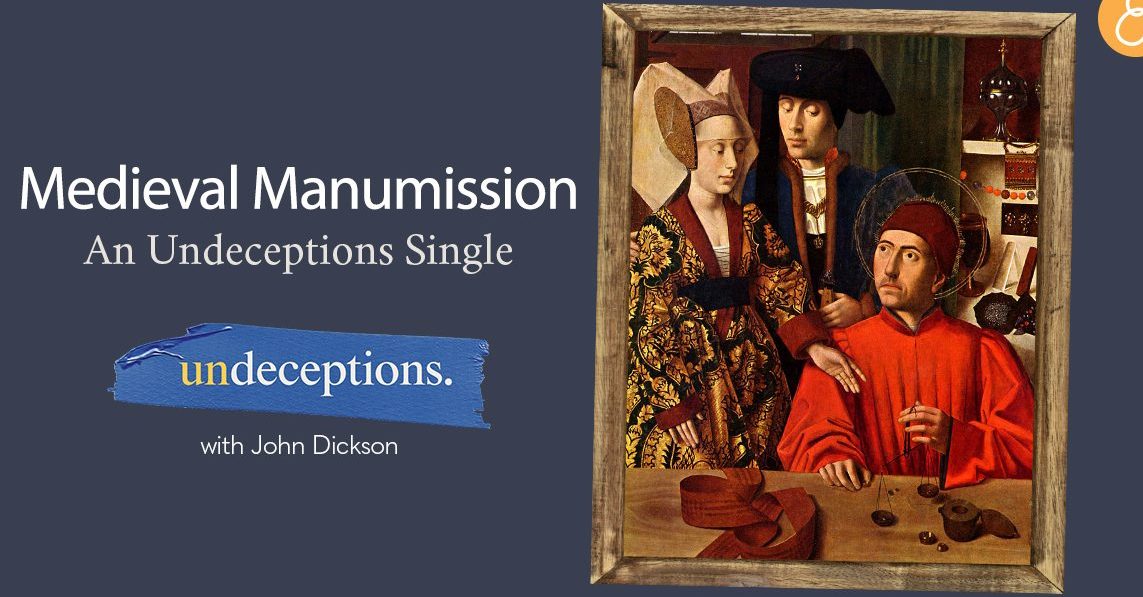By John Dickson
This question takes us to the ‘pointy end’ of Christianity.
The first thing to say, of course, is something I’ve said before about Jesus’ miracles:
The rationality or otherwise of believing in miracles is decisively shaped by our background beliefs about the universe.
If I reckon the ‘laws of nature’ define the limits of what is possible in the universe—that no Law-giver/God exists behind the laws—then, in principle, ‘miracles’ cannot be viewed as rational, and no amount of evidence could be accepted as evidence that a miracle has taken place.
But what evidence would a resurrection leave behind?
If I reckon the ‘laws of nature’ do not define the limits of what is possible (that the laws themselves point to a Law-giver) then, given such a Law-giver could act through and beyond the natural ‘laws’, it is rational to believe in miracles, where the evidence in their favour is good.
But what evidence would a resurrection leave behind?
The evidence for the resurrection boils down to testimony that is early, widespread, and credible.
It’s not the sort of testimony we would expect if the resurrection were a late developing legend.
It’s not the sort of testimony we would expect if the resurrection were a fraud.
It is the kind of testimony we would expect if the first Christians really did find Jesus’ tomb empty, and really did experience what they thought were appearances of Jesus risen from the dead.
It’s not just Christian ministers and apologists who say this; it’s an observation made by the likes of Geza Vermes, one of the great biblical scholars of the 20th century: “From these various records two reasonably convincing points merge. The women belonging to the entourage of Jesus discovered an empty tomb and were definite that it was the tomb. The rumour that the apostles stole that body is most improbable.” (Jesus the Jew: A Historian’s Reading of the Gospels. Collins, 1973, 40)
One of the things that convinced Vermes there probably was an empty tomb is that the Gospels all agree it was women who found the tomb empty.
If you were making up a story about the discovery of an empty tomb, and you wanted first-century folk to believe, it is unlikely you would write women into the narrative.
This is not the sort of thing that would be invented—because, frankly, women were not regarded as credible witnesses in this period.
If you were making up a story about the discovery of an empty tomb, and you wanted first-century folk to believe, it is unlikely you would write women into the narrative.
Of course, the empty tomb is interpreted in various ways. But that alone isn’t what makes the resurrection an enduring historical puzzle. It’s the empty tomb combined with the fact that we have very strong evidence that many people testified that they saw Jesus alive from the dead.
Even Ed Sanders of Duke university—not known for his defending the Christian faith—writes:
“That Jesus’ followers (and later Paul) had resurrection experiences is, in my judgement, a fact. What the reality was that gave rise to the experiences I do not know.”.
This is typical of the secular approach to the topic: “Something strange happened … we’re just not sure what it was.”
We have the kind of historical evidence a resurrection would leave behind and much more evidence pointing in that direction than we could expect if the whole thing were legend or fraud.
I would say that the best historical analysis makes plain that Jesus’ tomb really was empty, and that plenty of people really did think they saw him.
We have the kind of historical evidence a resurrection would leave behind and much more evidence pointing in that direction than we could expect if the whole thing were legend or fraud.
But, of course, how we interpret the empty tomb and the sightings of Jesus will depend not on the historical evidence, but on our background beliefs—whether we reckon there’s a God in the first place who could raise the dead.
Take Bishop Shelby Spong, for example. He is an Anglican theologian who has become famous for suggesting, among other things, that the resurrection wasn’t part of the original Christianity. His assertions have led many people to label the resurrection the biggest Easter myth of all. But again, what does a historian have to say?
Let’s begin with his claim that the resurrection isn’t mentioned in the earliest Gospel, Mark.
This, frankly, is a bit slippery. It’s one of those things that is highly misleading but has some plausible deniability.
It’s true that the end of Mark’s Gospel has no narrated appearance of the risen Jesus. Mark – as we have it today – ends with the women discovering the empty tomb and running away frightened and saying nothing to anyone.
If you know Mark’s Gospel, you’ll know that some extra verses were added – vv.9-20 – sometime later. A scribe copying out the Gospel decided to add a kind of appendix of what happened after Mark’s finish, and he just pulls information from the other Gospels. He isn’t trying to decieve. He doesn’t even hide the fact that he writes in a very different style from Mark. It’s clearly an appendix.
So is Spong right: there’s no resurrection in Mark’s Gospel? Not a chance. Earlier in Mark we have had several references to Jesus being raised. One has Jesus saying “… we are going up to Jerusalem, and the Son of Man will be betrayed to the chief priests and to the scribes; and they will condemn Him to death and deliver Him to the Gentiles; and they will mock Him, and scourge Him, and spit on Him, and kill Him. And the third day He will rise again.”
It is frankly impossible, historically speaking, that Mark’s Gospel doesn’t assume the resurrection.
We can do better than that. There are two earlier references in Mark to Jesus later appearing to his disciples in Galilee. In Mark 14:27 Jesus says, “After I have risen, I will go ahead of you into Galilee”. And in Mark 16:7 a strange messenger at the empty tomb tells the women, “go, tell his disciples and Peter, ‘He is going ahead of you into Galilee. There you will see him, just as he told you.”
This puts it beyond doubt that Mark knew not only of a resurrection, but of stories of the risen Jesus appearing to the disciples in Galilee (by the way, we get just such stories in Matthew and John; Luke only records appearances in Jerusalem).
So where is that missing narrative of Jesus appearing in Galilee? Well, I am persuaded by those scholars who argue that the final page of Mark is missing, broken off in an early period – which is why a scribe added the appendix.
But what can’t be doubted is that Mark knew – and wanted his readers to know that (1) Jesus was raised and (2) that he appeared to his disciples in Galilee.
But wait, there’s even more than that! We have a much earlier account than Mark.
In 1 Corinthians 15, the Apostle Paul quotes a creed – a pithy formal summary of beliefs – that most experts, even the atheist ones, date to within five years of Jesus.
It goes:
For I handed on to you as of first importance what I in turn had received:
that Christ died for our sins
in accordance with the scriptures,
and that he was buried,
and that he was raised on the third day
in accordance with the scriptures,
and that he appeared to Cephas,
then to the twelve.
All of that may sound a bit nerdy … but sometimes nerdy is needed to expose the slippery!
Far from being something made up much later, the resurrection is part of the church’s earliest statements of belief.











































